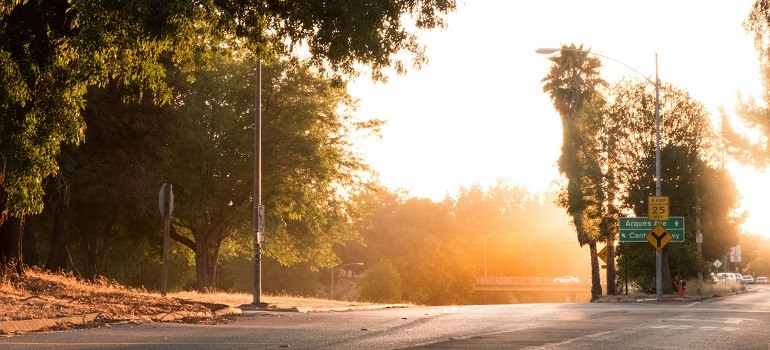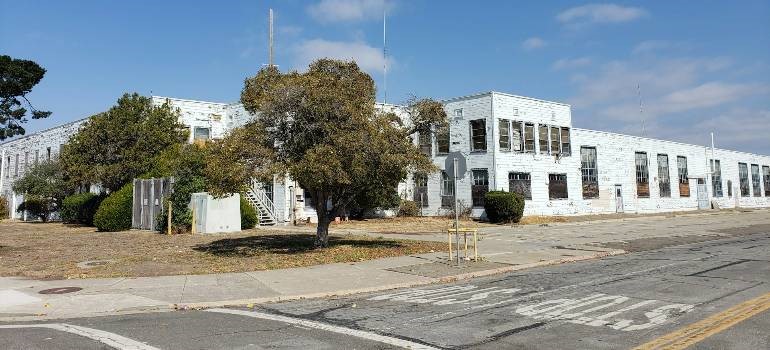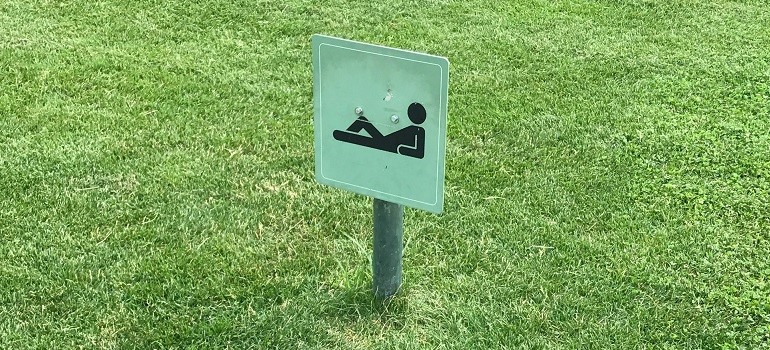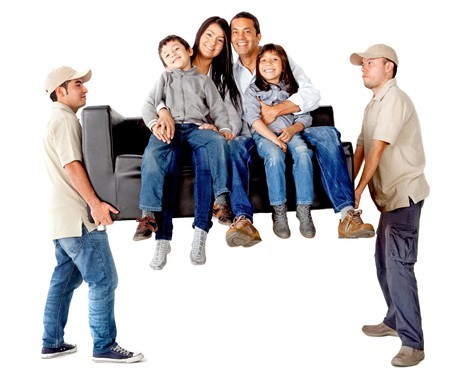Moving to a new city can feel exciting and overwhelming all at once. And when that city is San Francisco, it’s smart to know what life here really looks like before you unpack your boxes. This isn’t a typical city—it’s layered with neighborhoods, microclimates, and local quirks that take a bit of getting used to.Learn how to move around easily, where the high costs come from, what locals do outdoors, and how to adjust to daily life in the Bay Area. If you’re still in the planning phase, trusted moving services Bay Area companies provide can make your relocation far easier. They handle everything from packing to logistics, leaving you time to explore once you arrive. So, what should you expect when you start living in San Francisco? Think of it as a city that rewards curiosity and flexibility. Once you learn how it works, daily life becomes much smoother.
Living in San Francisco is different—and that’s the point
If you’ve lived anywhere else in the U.S., San Francisco might surprise you. The city has its own rhythm. You’ll notice the casual dress, the openness, and yes, the occasional scent of cannabis in the air. But that’s part of what makes it feel accepting.
People here value individuality. You’ll see every hair color imaginable, every fashion style, and every accent. Each neighborhood has a distinct personality—quiet streets just blocks from busy cafes, or family-friendly parks tucked between tech offices.
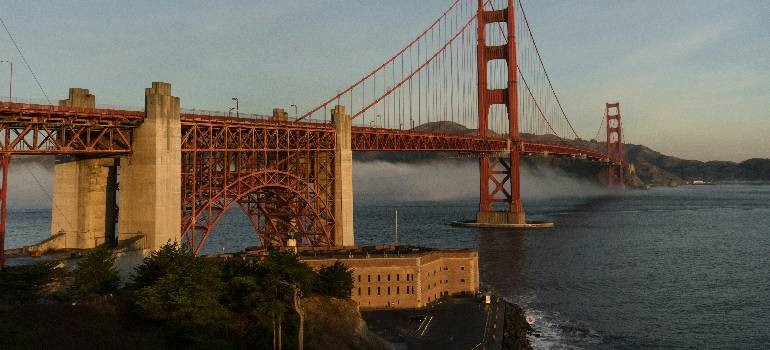
Want to connect? Start small. Visit farmers markets, join local meetups, or volunteer at community events. It’s easy to meet people once you step outside your comfort zone. After all, everyone here arrived from somewhere else too.
You don’t need a car if you don’t want one
Owning a car in a dense city gets pricey fast. But in San Francisco, you can easily live without one. Public transportation covers almost every corner. Muni buses, light rail, and subways run through the city, while BART connects you to Oakland, the East Bay, and SFO.
You’ll still see the famous cable cars and the F-Line streetcars gliding by. They’re beautiful but usually full of tourists, so plan extra time if you hop on. Locals rely on the Clipper Card—it works across
- Muni
- BART
- Caltrain
- most ferries
You can reload it at SFO or any major station.
Don’t feel like riding buses? Many neighborhoods are walkable with great bike lanes. Bay Wheels e-bikes make hills easier, and rideshares fill any gaps. If you’re relocating into a smaller space, apartment movers in San Francisco professionals know how to navigate tight streets and limited parking. With so many options, skipping a car can actually make your life simpler.
Getting around the region is easier than it looks
The Bay Area’s transit network is wide, and once you learn it, you can reach almost anywhere. BART trains run frequently between San Francisco, the East Bay, and the airport. Caltrain now operates new electric trains that reach the Peninsula and San Jose faster and more quietly than before.
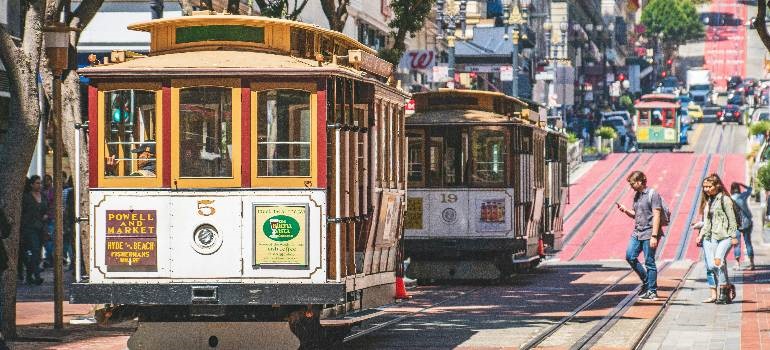
If you prefer the water, ferries connect downtown to Marin County and the East Bay. Clipper covers them all, so you don’t need separate passes. Real-time apps make transfers across systems painless. Of course, delays can happen—especially across agencies—but overall, connections between jobs, schools, and parks work well.
Living near a Muni Metro or BART stop is a real perk. Glen Park, Balboa Park, and the Mission corridors are smart choices if you value easy commuting. To settle nearby, consider booking local movers in San Francisco Bay Area experts who know neighborhood parking zones and narrow lanes. Who wouldn’t want a one-seat ride to work or the airport?
Driving? Learn the local rules first
Some people still prefer having a car, and that’s fine—just know what you’re getting into. Many residential blocks have strict parking permits, and time limits vary. Street-sweeping tickets can get expensive fast. Always check both sides of the street before parking.
If you’re planning a move, you’ll need temporary “No Parking” signs to reserve curb space. Post them at least 72 hours ahead for unmetered streets, or 24 hours for metered ones. The city requires registration for those signs so your movers can legally tow violators if needed.
Bridges use cashless tolling now. FasTrak users pay less, while standard tolls average around $8 per crossing. Westbound drivers pay on the Bay Bridge, and carpool hours can save you a few dollars. Setting up FasTrak right after you arrive is one of the best local hacks. For those transporting fragile collections or sculptures, professional art movers in San Francisco specialists can ensure valuable pieces arrive safely despite busy traffic or steep hills.
Outdoor time is part of living in San Francisco
San Francisco rewards anyone who likes to be outdoors. The weather rarely gets extreme, so you can walk, bike, or hike most of the year.
- Ride down the Great Highway when it’s closed to traffic on weekends.
- Hike Batteries to Bluffs for unmatched views of the Golden Gate Bridge.
- On clearer afternoons, try Lands End Trail or a picnic at Alamo Square.
- Even McLaren Park offers wide open green space away from crowds.
- Bring sunscreen and a light jacket—yes, both. Fog can roll in fast, but sunlight here can be stronger than it feels.
- Keep an eye on surf warnings if you’re exploring Ocean Beach, especially during winter storms.
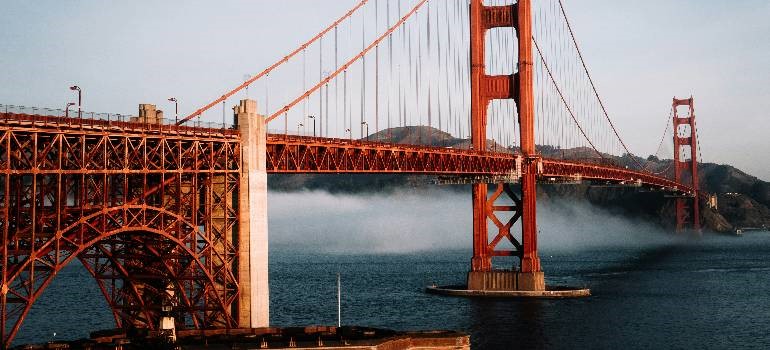
The weather is strange, so plan to dress in layers
If you’re used to sharp seasons, San Francisco will surprise you. The temperature doesn’t swing much—usually somewhere between the mid-40s and low-70s year-round—but the city’s microclimates make every neighborhood feel different.
Ever heard of Karl the Fog? It’s not a joke; locals gave their fog a name. On some days, the Sunset District might feel cool and misty while the Mission is sunny and warm. It’s totally normal here.
Because of those shifts, layers are a daily essential. A morning jacket might come off by lunch and go right back on by evening. Keep sunglasses handy too, since the sun breaks through often on the east side. And if you’re moving from out of state, hiring interstate movers in San Francisco teams familiar with local conditions can make weather challenges on move-in day much easier to handle.
You never need to be indoors when the sun comes out
It’s almost impossible to stay inside here. The city has more than 230 parks, and each one has its own character.
- Golden Gate Park stretches from the Panhandle all the way to Ocean Beach.
- Dolores Park fills up with picnics and dogs on warm afternoons.
- The Presidio gives you wooded trails and sweeping views of the Golden Gate Bridge.
Want sand between your toes? Ocean Beach, Baker Beach, and Crissy Field are all within city limits. Always watch the surf—those waves can be powerful. For quick adventures, take a ferry to Sausalito or Larkspur and explore fun things to do in San Francisco in the fall, or head up to Mount Tamalpais for weekend hiking,
Farmers markets happen almost every day somewhere in the city. The Ferry Plaza Market on the Embarcadero is a local favorite, especially on Saturdays.
San Francisco loves dogs—and they rule the city
If you’re a dog person, you’re moving to the right place. The city actually has more dogs than children. You’ll see them everywhere—from patios to beaches to parks. Fort Funston and parts of Crissy Field are off-leash favorites, while the Presidio allows leashed walks almost everywhere. Some trails even have voice-control zones, so you can let your dog run safely. Always check signs before unclipping the leash, since rules vary by area.

You’ll also find plenty of pet-friendly cafes and restaurants. Carry water, bags, and a reflective collar for evening walks, especially near the foggy coast. When you’re settling into your new neighborhood, last minute movers in San Francisco services can help you relocate quickly—ideal if you and your pet need to move on short notice.
You pay for the beauty when living in San Francisco, so plan ahead financially
Everyone knows San Francisco is expensive—but how expensive depends on where you live. Citywide median rent hovers around the mid-$3,000s. Neighborhoods like Nob Hill average about $3,100, while the Mission and Mission Dolores often cost more. Outer and Central Richmond tend to be slightly cheaper. Apartments move fast, sometimes within days. Bring your documents—pay stubs, ID, and references—when you tour. Landlords often ask for one month’s rent as a deposit, sometimes more for pets.
If you’re looking to save, consider shared homes or studios, and think about transit access. Living near a BART or Muni line can eliminate car costs, which helps balance your budget. To simplify moving into tight spaces or high-rises, experienced long distance movers in San Francisco teams can handle heavy furniture and complex deliveries safely.
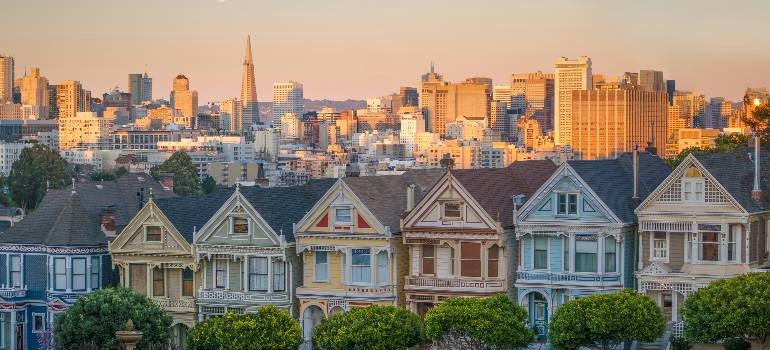
San Francisco takes sustainability seriously
You’ll notice right away how eco-friendly locals are. Recycling and composting aren’t just encouraged—they’re required. Every building has three bins:
- blue for recycling
- green for compost
- black for trash
Food scraps go straight into the green one, and it’s against city rules to throw them out with regular garbage.
Plastic bags? They’ll cost you at least 25 cents each, so reusable totes are your best friend. Some cafes even give discounts for bringing your own cup. Apartment buildings often post guides near the bins to help new residents get it right so you'll need to learn to, unpack efficiently in a small San Francisco apartment right away.
If you’re worried about smells, keep food scraps in a sealed pail or freeze them before tossing them in. It’s simple once you get used to it. These habits might seem small, but they add up—San Francisco aims for zero waste, and every resident plays a part.
Art and culture are everywhere you look
Love art? You’re in luck. The city’s creative energy spills into every neighborhood. SFMOMA anchors the downtown museum scene, while the Asian Art Museum and smaller galleries fill Civic Center and SoMa. In the Mission, bright murals color entire alleys.
Music never stops either. From the Fillmore to small clubs in the Richmond, you’ll find shows almost every night. Outdoor art installations pop up year-round, especially in plazas and parks.
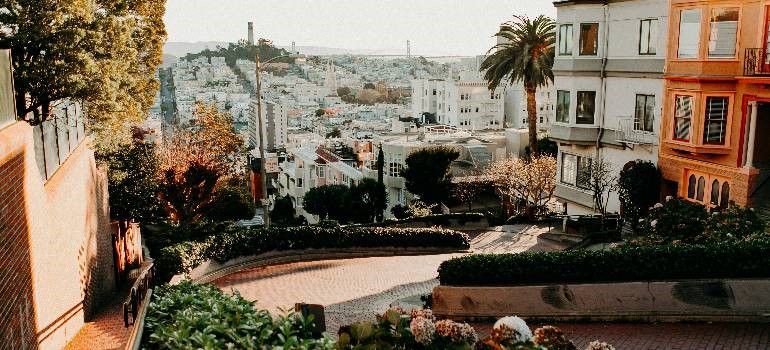
Most museums offer discounted or free admission days each month. The public library even lends passes for select exhibits. And if you stay late after a show, no problem—Muni and BART cover most late-night routes, and ferries help on weekends.
Where to shop and eat like a local
Once you’re settled, finding your favorite food spots becomes half the fun. Grocery stores are scattered by neighborhood, so it’s easy to find one nearby. The Ferry Plaza Farmers Market runs three days a week, with Saturdays offering the best variety. Go early for shorter lines and fresher produce.
Many stands accept EBT and Market Match tokens, and you’ll pay a small fee for paper bags. Smaller neighborhood markets pop up mid-week in the Mission, Castro, and Noe Valley. For something different, visit the Asian markets on Clement or Irving Streets or the Latin grocers near 24th Street.
Need something late? Downtown and SoMa stay open longest. And for heavy staples, delivery services can help during your first few weeks when you’re still unpacking.
Final quick tips to settle in with ease
Once you’ve unpacked, small steps make daily life smoother. Set up automatic reloads on your Clipper card so you never run short on fares. Keep 511.org bookmarked for bridge and traffic updates. On weekends, walk between parks or take a ferry to explore new views. Learn your street-sweeping days—tickets add up fast. If you have a balcony, store compost bins there to save kitchen space. Join local neighborhood groups or online boards for service tips, furniture swaps, and community updates. Visit museums on their free days, and check outdoor event calendars often. San Francisco rewards people who explore it piece by piece. Welcome to living in San Francisco—a city that challenges you at first but soon feels like home once you learn how to do it right.
Tags
Subscribe to Upline Moving's Blog
